#18 腹圧-Abdominal pressure③
English follows Japanese
(Let me apologize in advance there might be some grammatical mistakes below.)
こんにちは。
ヨガインストラクターのuriです。
「腹圧」について考えるシリーズ、最終回です!
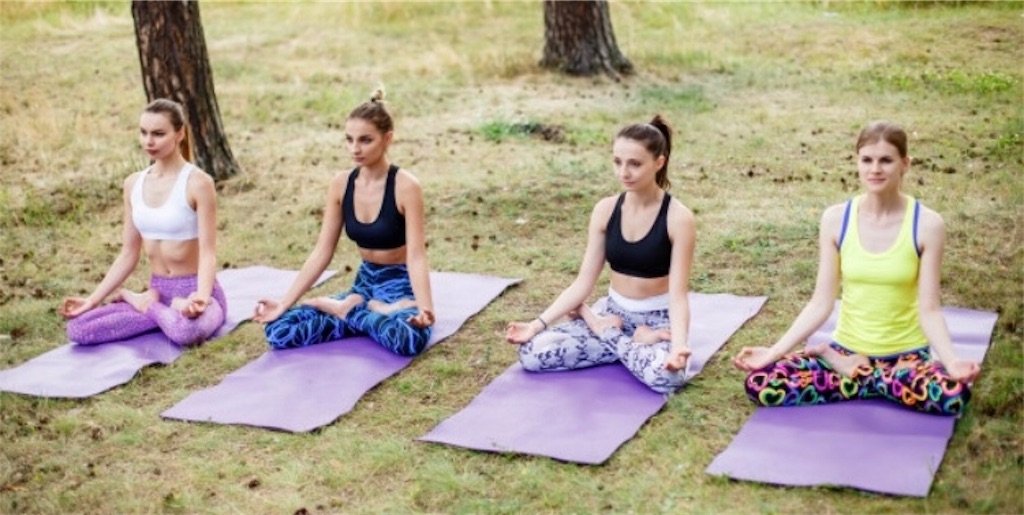
designed by freepik.com
◻️内腹斜筋・外腹斜筋とは・・・
体の回旋、姿勢保持をサポートする筋肉です。両者の異なる点は、その位置と筋繊維の向き。
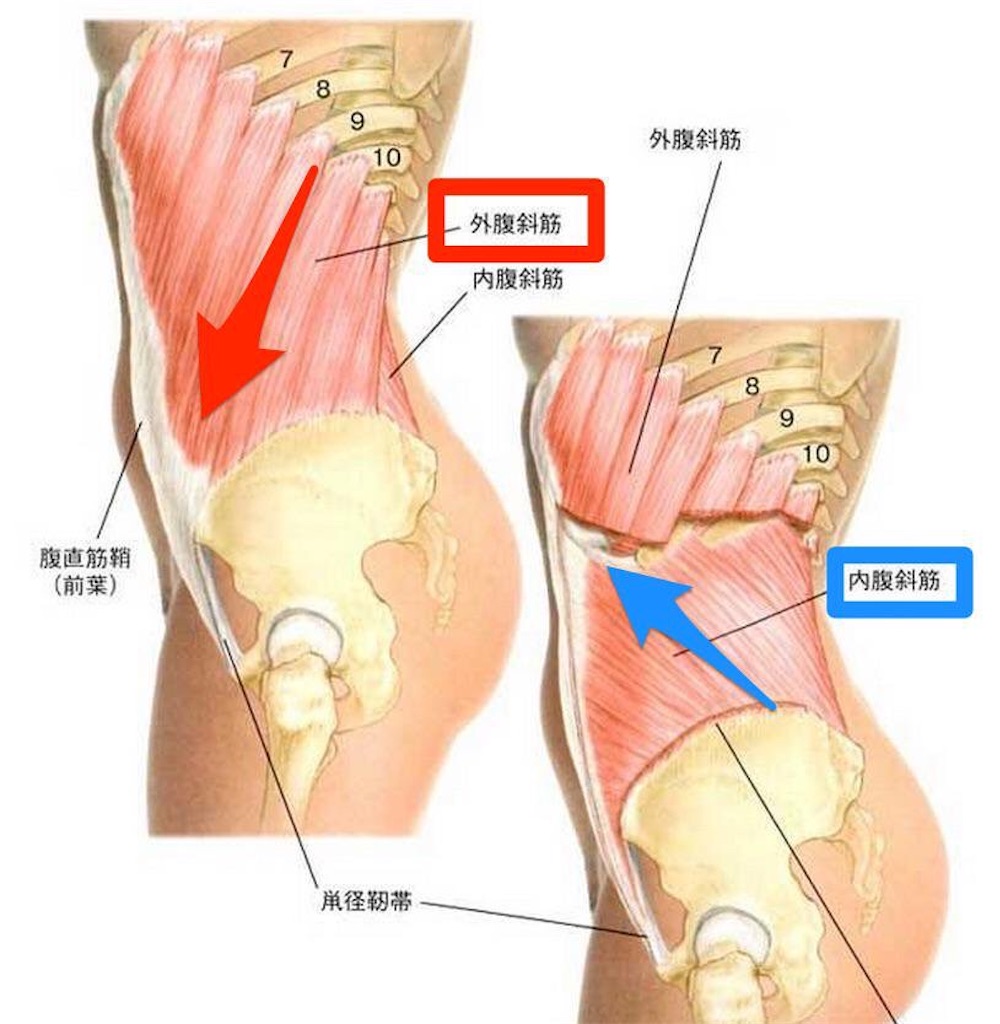
画像出典 解剖生理学勉強法.biz/kyouzai
「外腹斜筋」は腹部の全体を覆う表層筋であり、筋繊維は斜め下。「内腹斜筋」は腹横筋と外腹斜筋の間についている深層インナーマッスルで、筋繊維は斜め上。
(※11/14:筋走行が誤っていたため、訂正致しました。ご指摘ありがとうございます。)
内腹斜筋は脇腹を中心に巻き付くように存在しているため、鍛えれば綺麗なクビレが手に入るかも…!
◻️内腹斜筋・外腹斜筋を活性化するポーズ
これらを活性化するポーズは、「屈曲」「捻り」「側屈」です。
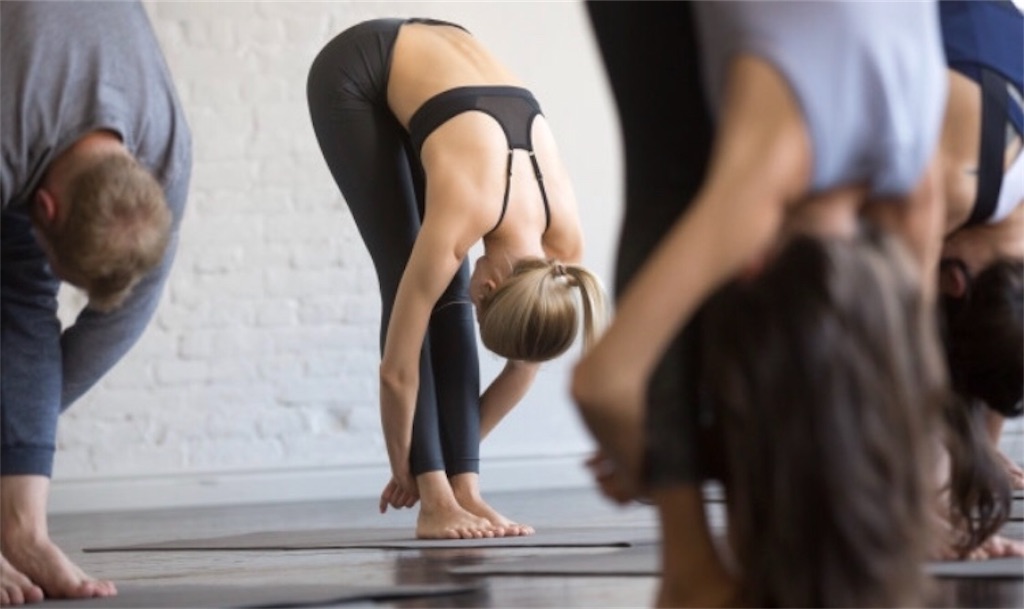

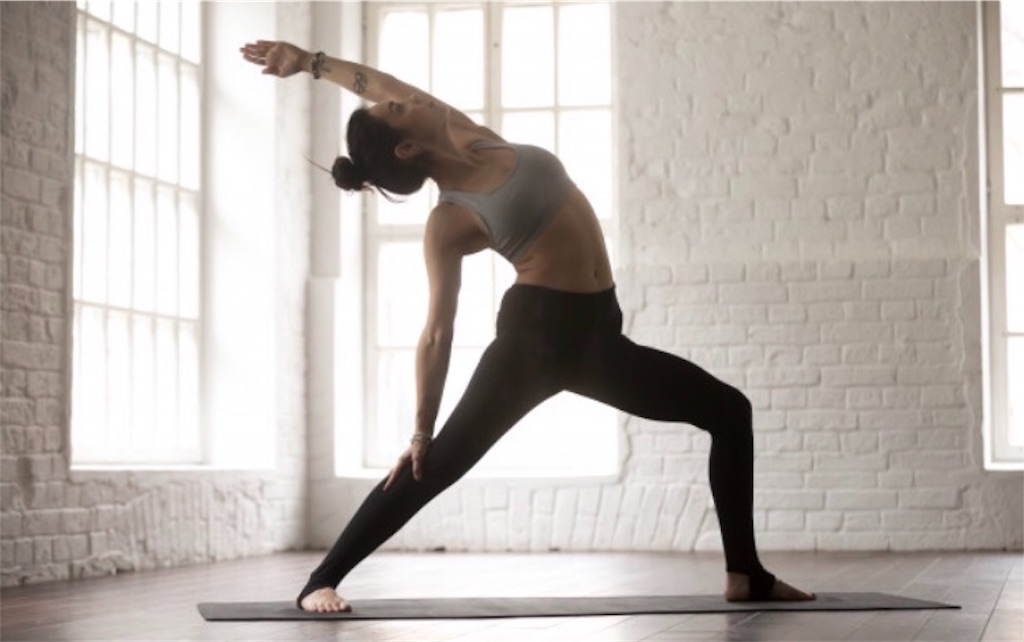
designed by freepik.com
◻️分かりやすい腹圧インストラクション
#16、#17と見てきたように、「お腹」と一言で言っても、様々な筋肉がありました。
「どこからどこまでの筋肉を、腹圧関連筋として認識しているか?」にズレがあると、インストラクションの受け取り方も変わってきそうです。
「お腹」という言葉に頼りすぎずに、こうした筋肉の連動を、分かりやすい言葉で伝えられたら…!
私は、腹圧を次のように解釈しました。「骨盤底筋から始まり、股関節部が下肢と体幹を適切にジョイントし、おへそ下から横隔膜あたりの各筋肉が、平らなコルセットとなるようなイメージ。」
以下の通り、インストラクションに落とし込んでみます。
❶左右の上前腸骨棘にそれぞれ両手をあて、股関節に小指側を添わせて面を作る。この面が床に対して垂直になるよう、尾骨を真下に向けるよう意識する。

designed by freepik.com
❷その骨盤・背中の位置は固定したまま、股関節付け根からみぞおちまで「お腹全体」を背中方向に近づけるように体幹を薄くする。
❸そして両脇の付け根前側(ハミ肉の部分)が斜め上方向に引っ張られ、それに連動するように肩甲骨が下がり、胸が開くイメージです。(=肩甲骨の下制)
※僧帽筋群が弱い方(=巻き肩クセがある方)は、僧帽筋群が前方に倒れこみ、みぞおちが前にぽこっと出てしまうことがあります。(私は典型的なこのタイプで、みぞおちに余計な力が入っていました。)
…とはいえ、自分の感覚を言語化した部分が大きいので、果たして生徒さんにとってわかりやすいのかどうなのか…
ぜひ他の先生方のご意見を聞いたり、生徒さんの反応を伺いながら、より良いインストラクションを考え続けていきたいなと思います。
---------------------------------------------------------------
#18 Abdominal pressure③
Hello, everyone.
I'm uri, a yoga instructor.
This is the last part of series of "abdominal pressure".
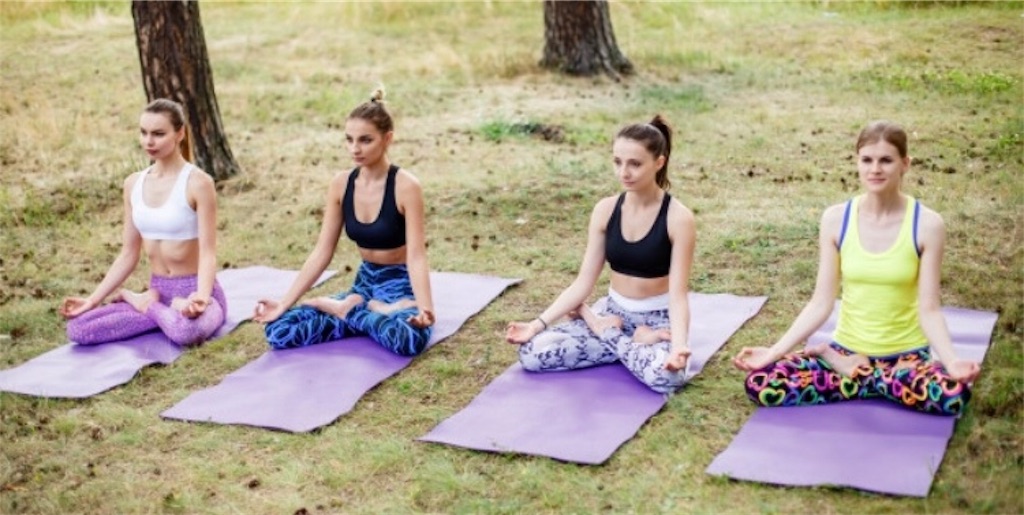
designed by freepik.com
◻️Internal oblique & External oblique
They're muscles which help maintaining good posture and twisting your body. The difference between them is their positions and the direction of muscle fibers.
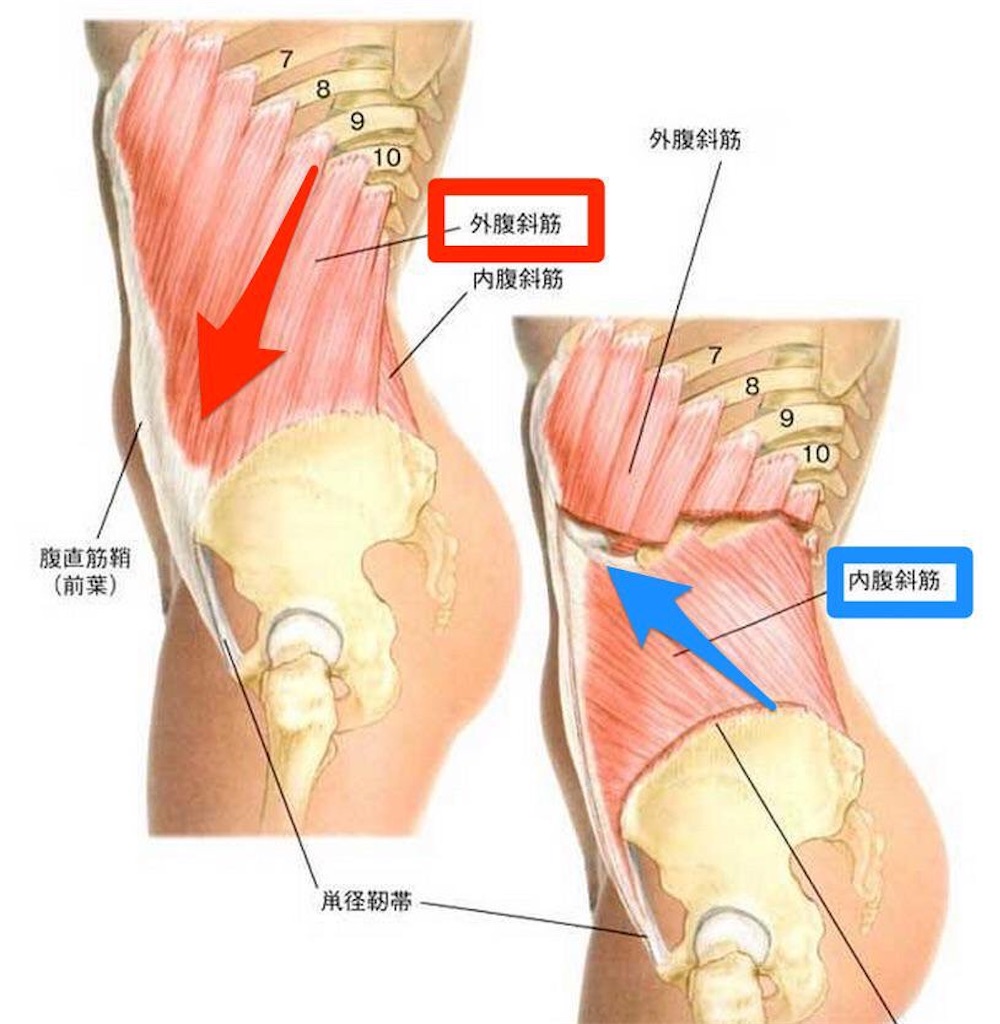
画像出典 解剖生理学勉強法.biz/kyouzai
"External oblique" is the muscle which covers over an abdominal part in the surface layer. Its direction of muscle fibers gose down.
"Internal oblique" is the muscle which exists between transversus abdominis muscle and External oblique in the deep layer. Its direction of muscle fibers gose up.
If you want to get a beautiful waist, you should train Internal oblique because it's around waist.
◻️To enhance Internal & External oblique
To enhance them, these three types of pose would be helpful.

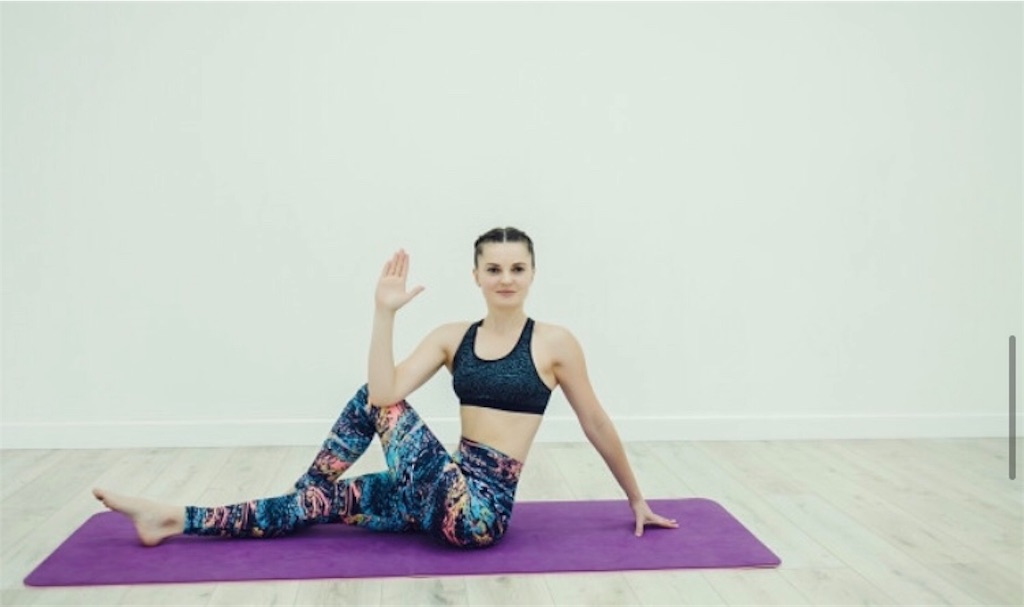
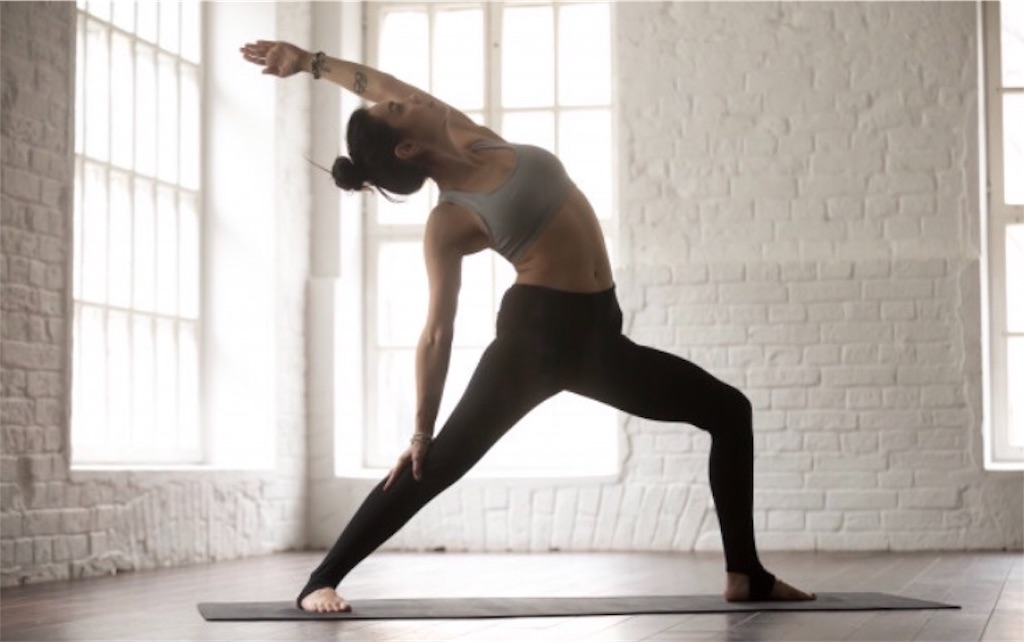
designed by freepik.com
◻️Clear instructions are needed.
As I also mentioned in the last two articles, I suppose the word "abdomen" is a bit vague to understand exactly what the muscle is.
If we just say "abdomen", it doesn't mean there's only one muscle. In fact, there're various muscles.
People might recognize it differently, like how range we should recognize as "abdomen". This fact would make people confused.
So we should instruct using a fine word which people can imagine the connection of muscles instead of the word "abdomen".
I interpreted "abdomen" following.
It starts from a pelvic floor muscle, a hip joint connect the legs and the trunk properly. Then, the diaphragm muscle feel like a corset.
I've tried to put my idea into an instruction below.
❶Put both your hands on the waist and put your little finger along the hip joint.Make sure the angle of pelvic is vertical and the direction of coccyx is almost vertical as well.

❷Keeping the positions of pelvis and spine, make the area between hipjoint and diaphragm approach to your back.
❸Just imagine that both your underarms are lifted diagonally upward, which makes your scapula goes down, and open your breast.
※For those who have a weak trapezius muscle, trapezius muscle and diaphragm tend to go forward. (I'm a typical type of this. It used to cause an needless pressure on the diaphragm.)
Having said that, it's mostly based on just my though, I'm wondering if it's easy to understand for client.
I really want to share the idea with other instructors, or watch the reaction of client. I'll keep thinking of the better instruction.
Thank you for reading this all!